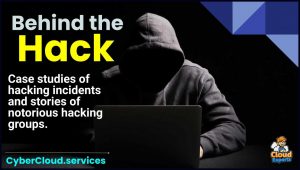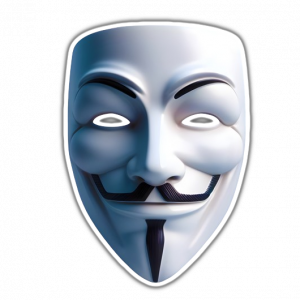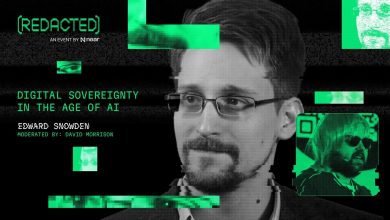 Anonymous, the enigmatic and decentralized collective known for its digital activism and hacktivism, has a history shrouded in mystery and intrigue.
Anonymous, the enigmatic and decentralized collective known for its digital activism and hacktivism, has a history shrouded in mystery and intrigue.
Emerging from the depths of the internet, Anonymous has captured the imagination of many with its bold actions and iconic imagery.
The Birth of a Movement
Anonymous traces its roots back to the early days of internet culture, where users on imageboards like 4chan and later on the infamous /b/ board began to organize and collaborate on various projects. The lack of centralized leadership and the culture of anonymity on these platforms laid the foundation for what would become Anonymous.
One of the defining moments in the history of Anonymous was the emergence of Project Chanology in 2008. This campaign was launched in response to the Church of Scientology’s attempts to censor a leaked video featuring Tom Cruise. Anonymous declared war on the church, launching DDoS attacks and organizing protests, garnering international attention in the process.
Anonymous continued to make headlines with operations like Operation Payback, targeting organizations and governments that they perceived as threats to internet freedom. Their actions ranged from taking down websites to leaking sensitive information, all in the name of promoting transparency and fighting against censorship.
Over the years, Anonymous has evolved and diversified, with various factions and splinter groups carrying on the spirit of digital activism. While their methods have been controversial and their targets divisive, there is no denying the impact that Anonymous has had on the digital landscape.
 The Mask and Symbolism
The Mask and Symbolism
The Guy Fawkes mask has become synonymous with Anonymous, inspired by the graphic novel and film “V for Vendetta.”
This iconic symbol of resistance and rebellion has been adopted by members of the collective as a way to conceal their identities and project a unified front.
Anonymous remains a complex and enigmatic entity, embodying the dual nature of the internet as a tool for both liberation and control. Whether viewed as heroes or villains, their story is a testament to the power of anonymity and collective action in the digital age.



